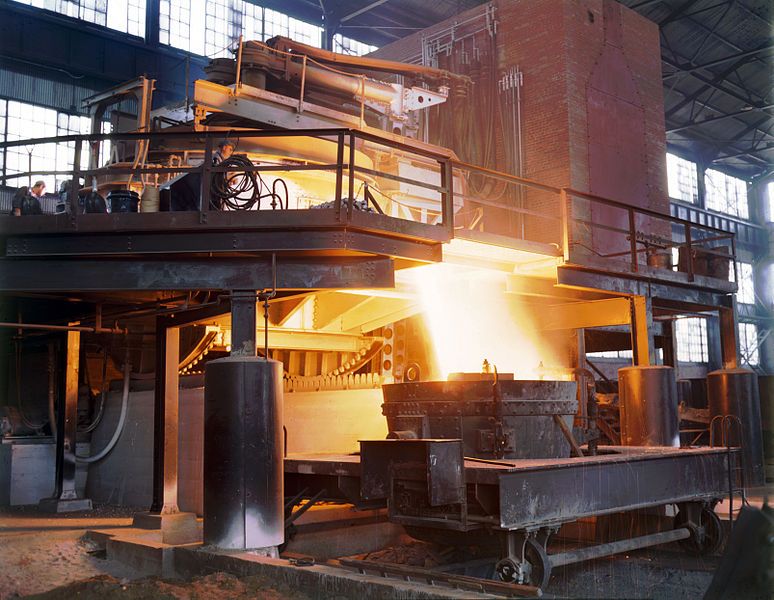
CBAM: will carbon border taxes help or harm industries?
The trial period for the EU's Carbon Border Adjustment Mechanism has begun. This could be a game changer, but there is a lot of detail to sort out.
Politico, amongst others reported on the starting of a trial period for the EU's Carbon Border Adjustment Mechanism (CBAM). EU trading partners will be required to report greenhouse gas emissions linked to their exports of electricity, iron, steel, aluminium, fertiliser and hydrogen by 31st January 2024 (for the reporting period starting on 1st October 2023).
CBAM aims to ensure a level playing field in trade between the EU and other jurisdictions that take a laxer approach to pricing pollution into their products.
The cost of CBAM certificates will essentially be the price of the EU Emissions Trading Scheme (ETS) which is expressed in € per ton of CO2 emitted.
It is expected that from 2026, countries wanting to export the covered list of products to the EU need to show that they have an equivalent carbon price in place or pay penalties to make up the difference.
At the end of September, the EU carbon price (price of emissions allowances) was standing at just over €85 compared with the UK carbon price at just over £36.60 or €42 (according to Ember/ICE). So less than half the price - that is quite a gap and would likely make a significant dent into profits or even make it non-viable to export into the EU (all things being equal).
In effect the changes could essentially mean that a portion of UK company carbon bills get paid to the EU rather than the UK Treasury. India is considering a selective levy on Indian exporters to the EU as a way of getting CBAM taxes repatriated to India for use on climate projects there. Remember the main aim of CBAM is to ensure price equivalence for products, whether from EU countries or outside - aligning with WTO rules.
CBAM was adopted last year and at the time, we wrote about the potential implications. We commented then that "if this proposal is to have any meaning, Europe needs to invest massively in more renewable electricity, and in the array of supporting technologies that will enable the electricity grids to accommodate their variable electricity generation. Getting this built and operational will take time, a lot of time."
You can read more here 👇🏾

The CBAM, as with a number of 'buy domestic' legislations globally, are about protecting jobs. It could also lead to a cascade of raising carbon prices globally and act as another legislative catalyst to trigger industries such as Steel to 'go green'. The IRA, IIJA and Buy American Act have provided powerful incentives to mobilise the US steel industry towards near zero emissions production by creating demand for green steel. We discussed that in this blog 👇🏾

This article featured in What Caught Our Eye, a weekly email featuring stories we found particularly interesting during the week and why. We also give our lateral thought on each one. What Caught our Eye is available to read in full by members.
If you are not a member yet, you can read What Caught Our Eye when it comes out direct in your email inbox plus all of our blogs in full...


Please read: important legal stuff.


